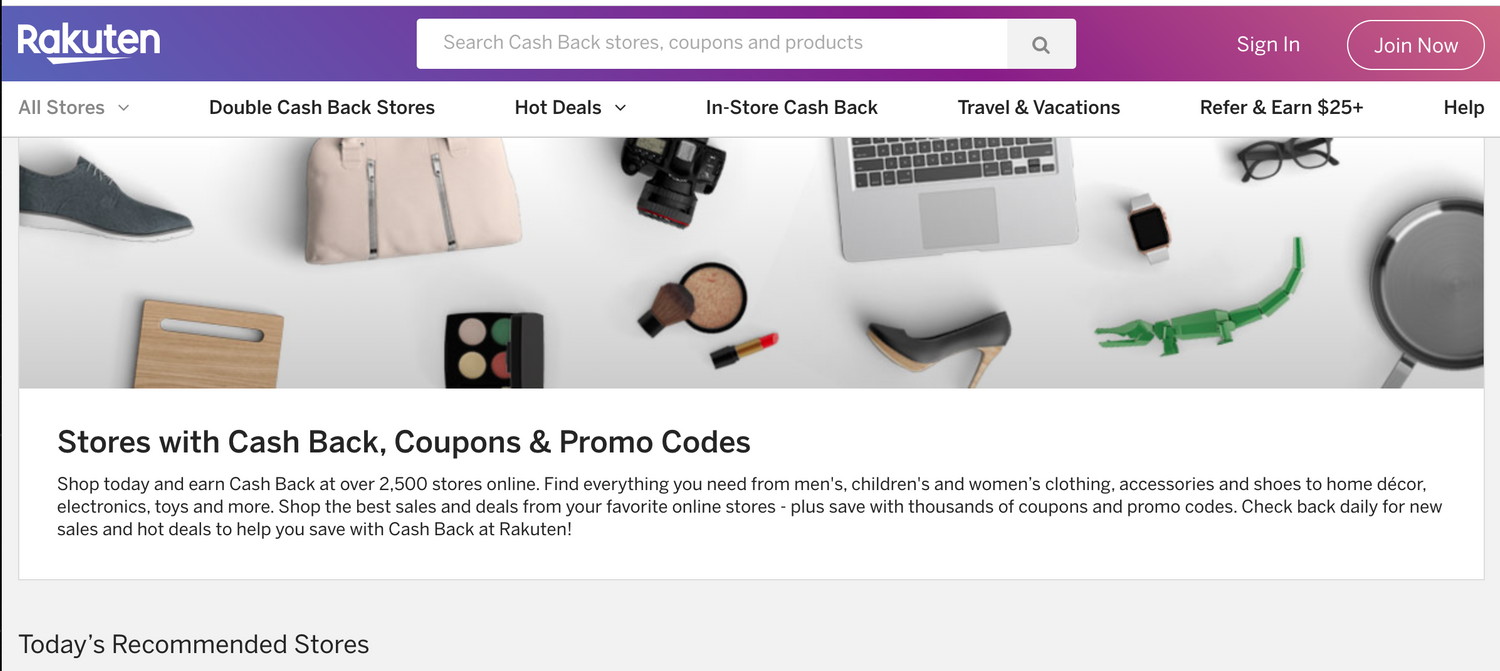Make Your Unsubscribe Process Selfish to Win
![]()
Want in on a little secret of the email biz?
If you wanna market like a boss, use the most selfish motivations whenever designing your unsubscribe process. In fact, be selfish in every aspect of how you approach your lead list.
It sounds contradictory, I know... but it works.
Do this, and your list will be measurably more engaged. A greater percentage of them will spend money on your wares, and your reputation will inflate as a master of service.
Here’s why, and forgive me if this news shocks you, but your business goals and the desires of your audience are completely aligned. You just might not realize it.
Success in email marketing is about more than having a good strategy driven by killer copy. (I wish it was only that.)
It’s how your business thinks about your email list. It’s how you, as the leader of that business, think about them.
Let’s begin with some context; an example of my recent experience on the receiving end of what most would label as spam incident.
This is a good example of why the definition of spam has broadened since the ‘90s. As it applies to most folks, spam is any unwanted email at the moment they decide it’s not wanted.
Last side note before I dig in: This is not a blog of me complaining. Fine. It IS... a little bit, okay?
I’m sensitive to email rule-breakers, this is true... But, I wrote it to give you an audience perspective; one that is often overlooked, but matters a lot to your business.
As you will discover, I could have ended this silliness earlier than I did, but I wanted to see where it went because, science.
Rakuten

rakuten.com
By the time I realized I was not opening any of the emails I received from this business, I could no longer remember how they wound up in my inbox.
Recent “deals” ranged from various electronics to Puma shoes.
Ahem, I don’t wear Puma. Fine brand and all. Just, not me. That’s all.
It took a little digging to figure out that I’d purchased my current MacBook from this site about two years back.
It was such a beautiful romance at the time...
- They had the right price for the product I wanted.
- I bought my machine from them.
- It arrived as promised.
Everyone lived happily ever after, the end?
Nope.
To be fair, I may have opted-into their email list at the time, but I doubt it. But — because I’m a giver — let’s imagine I agreed to receive their “newsletters.”
That time came to an end. Recently.
So I attempted to unsubscribe by clicking the unsubscribe button at the bottom of one of their emails.
See, I live in Mexico. I’m guessing that’s the issue. The link would otherwise worked if I was stateside, but the redirect was all about the online store being not-available in my region.

These things happen when you live abroad. You develop patience and perseverance.
Unsatisfied, but determined not to abuse the spam button on my email client, I pulled up the last email I had from Rakuten to request an unsubscribe.
They emailed me back a few days later.

That link, as you can imagine, directs me to a page which among other methods, tells me to click the unsubscribe link at the bottom of any Rakuten email.
There is also something about logging into my Rakuten account and navigating to my preferences.
The spam button would’ve saved me so much time… stupid conscience.
What the Law Says

Here’s the CAN-SPAM law on email unsubscribing per Wikipedia:
A visible and operable unsubscribe mechanism is present in all emails.
Since Wikipedia isn’t the letter of the law, I pulled up the FTC page on the matter:
Honor opt-out requests promptly. Any opt-out mechanism you offer must be able to process opt-out requests for at least 30 days after you send your message. You must honor a recipient’s opt-out request within 10 business days…
These laws are only the beginning. Europe’s GDPR goes even further, threatening tighter specifications, and fines for businesses who are non-compliant.
The funny part is, if that’s the right word, is that there is nothing in it for business to enact this sort of dark pattern behavior.
From Wikipedia:
A dark pattern is "a user interface that has been carefully crafted to trick users into doing things, such as buying insurance with their purchase or signing up for recurring bills.
The Problem with Regulations

Regulations in this context are a terrible guide.
It’s not in the best interest of any business to handle email unsubscribes with anything but the greatest of expediency.
Consider the behaviors of the large cable companies since forever.
As my pal Josh from Cargo put it succinctly, “You can change your cable/internet package at time warner any old time you want, but if you want to cancel it you have to call and get escalated to a retention specialist.”
Zzzactly.
Forcing customers to leap through hoops to accomplish what they want only serves to frustrate them.
They may stay a little longer, but for their time they’ll resent your brand even more when they inevitably leave.
Imagine your significant other came to you requesting to end the relationship.
You try to “handle their objections,” and re-route them through frustrating channels in hopes of chaining them to your life a little longer.
How awesome is that relationship, huh? Perhaps some rope and a dark closet would be more efficient?
In a world of over 7-billion people, would it not be better [healthier?] to simply move on?

Who’s the bigger idiot?

By now you might be pulling out your hair, screaming at your monitor. I know there were two easy solutions for this scenario early on.
- The unsubscribe link in my email client.
- The spam or junk button in said client.
In my defense, I consider myself a good scientist.
Having put one foot in front of the other to see how this process works in the real world — what I consider my responsibility as an email nerd — is the path I’ve traveled.
Also, I couldn’t mark their emails as spam because I don’t believe they were, not at the time. Now they are, but I thought Rakuten would do the right thing after I brought the matter to their attention.
Needless to say, my MacBook has been a lovely experience. But, I’ll pay the difference all day long to buy my next machine from someone else.
For the record, I believe Rakuten intended to do the right thing. It’s in their selfish best interest to do the right thing.
They should only want to broadcast to an engaged audience.
- It’s cheaper. (ESPs usually charge by lead counts.)
- The data looks better because it is a measure of a healthier, leaner email program.
- Email clients measure IP/domain performance of said businesses and respond accordingly.
They should only want to end relationships as neatly and quickly as possible.
- What will come of tying someone up in the closet?
- What will happen once they escape?
- Is there nobody else to whom you can market?
For review...

What I failed to recognize in all of this is the content of the two-a-day emails I receive from Rakuten.
Oh, I have little-to-no problem with emailing me twice a day. I would love two emails a day from a company who recognized that I bought a MacBook from them two years ago, and never a pair of Pumas.
Rakuten never cared what I wanted as a consumer. The little they knew about me, a guy who bought a MacBook with an Apple Care plan, factored ZERO into their plan for marketing to me.
This is straight-up list abuse.
We have your email so we get to email you until you’re sick of it. And when you’re sick of it, we’re gonna make it hard for you to walk out the easy way.
Build or Erode; You Choose

If your goal for building a lead list is to hit up your recipients with endless promotional emails because, sales... your plan is not built to last.
You will erode your market reputation over time, whatever your business.
The truth is that there are not 7-billion customers for Rakuten, not in the MacBook department. Apple shoppers are not the majority of the planet.
We are the uppity minority — I know, I know — but not all-powerful by any means.
I’ll never single-handedly damage Rakuten with this blog, nor would I desire to something like that. I’m sure there are a bunch of fine people working there. Who am I, but one guy in a densely-populated world?
This cautionary tale is for you, well-intentioned business owner, who wants to DIY as much of your email marketing as you can. (I applaud you.)
How many businesses — your own? — have holes like this in their email marketing programs?
With each email they send, there is a slow erosion of their reputation. Even when an uppity consumer tries to help them hone their program, something fails.
Think differently about your email list.
Those emails are connected to people, just like you.
What’s in their best interest is also what’s best for you, unless you like rope-and-closet types of relationships.
More importantly, these people will react to feeling tricked or trapped the same way you would, even if nobody ever intended to trick or trap them in the first place.
As a marketer, it’s 100% in your hands to control that experience. If you’re not up to it or don’t have the time for this stuff, contact me.
